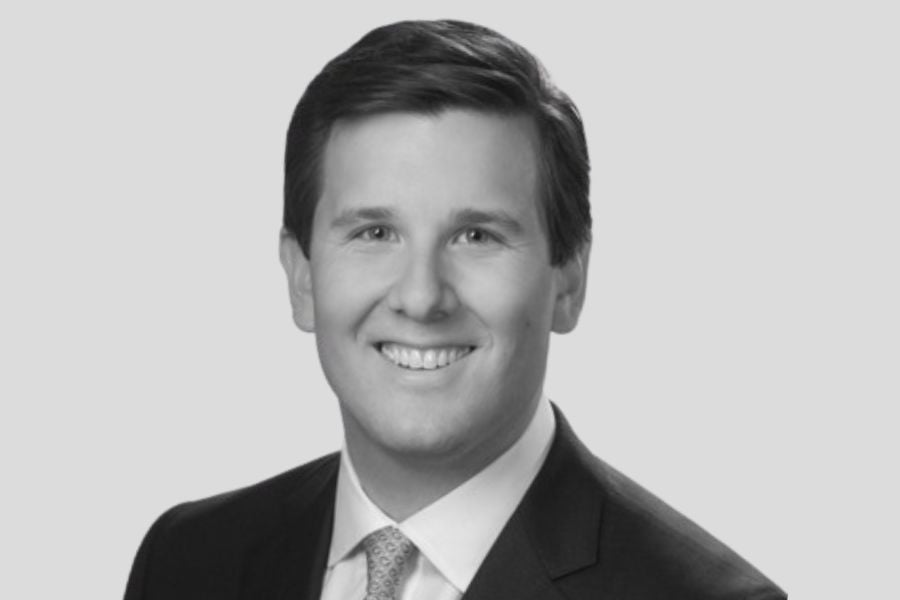

The world of art and finance has always been a niche market, however a new report from Deloitte pinpointed a rising interest. Deloitte’s eighth Art & Finance Report found collectors are increasingly aware of the positive impact culture and creativity can have on economic development and society, in part due to support from world organizations and global leaders.
Christopher Bleuher, US lead for art and finance at Deloitte, says that it’s art’s ability to generate a positive social impact that’s seeing the trend boom. “The Pope attended the 60th Venice Biennale, a globally renowned showcase of contemporary art, representing further acknowledgement from global leaders to support social impact investment and sustainability in the arts. As we think about investors collecting and sharing their art with audiences around the world, that alone can provide opportunities to drive economies there. Be it through public museums or private events, this can bring a positive social impact.”
In Deloitte’s report, researchers cite the G20 Summit in which leaders publicly acknowledged the cultural sector as a major engine for economic growth. This idea of art as a store of value or an investable asset is growing in popularity with younger, more daring investors – something that’s reflective of more environmentally and socially conscious investment trends around ESG.
“The increased focus on ESG investments is filtering down to the cultural space. With the younger generations, as they invest they think about the decisions of their investments and what that really means. It’s trickling down into how people use or think about their art. Generally, younger collectors want to feel as though they're making more of an impact on the world around them through their investments.”
The data found that younger collectors are more motivated (41%) in regard to these social impact investments – a rise of 10% since 2021. However, it’s not all about the ESG – 83% of younger investors said that investment returns were a key motivator here, 61% cited portfolio diversification as important and 51% added that they saw art investment as a "safe haven" during uncertain economic times.
“Because it's not just art to them,” says Bleuher. “It's an entire ecosystem that can provide an opportunity to contribute to cultural society.”
A growing market
Despite growing popularity with younger collectors, there’s still some trepidation from employers, mainly down to challenges around integrating art into broader wealth management solutions.
“It’s still a growing market as much as I see it, however there are kind of a number of challenges as to why it's not necessarily where it could be in the future. I think some of it has to do with the fact that the investment management industry is not necessarily fully equipped yet to kind of manage those expectations around how [these investments] would integrate within the broader portfolio management services.”
Around 90% of investors in the report said that they felt art should be incorporated into a wealth solution offering – however, it’s aligning this with client expectations where the challenge lies. And, while only 30% of wealth managers see art as an attractive investment vehicle for their clients, 66% of younger collectors express a keen interest in art-related investment products that also impact cultural society.
"There needs to be this balancing out,” adds Bleuher. “There's an interest and trend towards considering art-related investment products more. Managers need to start thinking about how that's integrated - they can really start to think about how they pave the way for these purpose-led investment products in art and cultural to help generate wealth.”
This purpose-led trend in art & finance is also reflected in philanthropic endeavors – especially around how they can enhance the value and appeal of investing in the art sector.
“Philanthropy itself will need to align with broader societal issues to really stay relevant,” says Bleuher. “Philanthropy in general is becoming more strategic. It’s critical that wealth managers try to understand how… they’re effectively meeting their clients goals.”
As Bleuher says, the art sector, with its deep cultural and societal connections, can offer a unique opportunity for investors who are looking to make a difference. Looking ahead to future trends, Bleuher cites technology as something of a gamechanger here, emphasizing the growing influence of digital tools in the art market. Additionally, he sees the concepts of fractional ownership and tokenization already taking off.
Despite these challenges, Bleuher is optimistic about the future, believing that as infrastructure catches up to modern needs, understanding and transparency in art & finance market will improve.
“Once those actually come up to speed, with the needs that clients require, there will likely be more of an understanding around how art can be integrated within portfolios.”
And if anyone’s poised to understand the intersection of art and investment, it’s Bleuher. The world of art investment isn’t just a professional calling – it’s a personal passion. Having gained a Master of Fine Arts from the School of the Art Institute in Chicago, Bleuher wasted no time in merging his career goals with his creative dreams.
“I've been in financial services consulting all my life, but I've always considered myself an artist,” he says. “I knew that I wanted that structure and those challenges that consulting provides and, frankly, it's not all that much different than being an artist. You're working with very various different types of people, creating solutions to problems where the answers don't necessarily exist.”

Executives from LPL Financial, Cresset Partners hired for key roles.

Geopolitical tension has been managed well by the markets.

December cut is still a possiblity.

Canada, China among nations to react to president-elect's comments.

For several years, Leech allegedly favored some clients in trade allocations, at the cost of others, amounting to $600 million, according to the Department of Justice.
Streamline your outreach with Aidentified's AI-driven solutions
This season’s market volatility: Positioning for rate relief, income growth and the AI rebound
